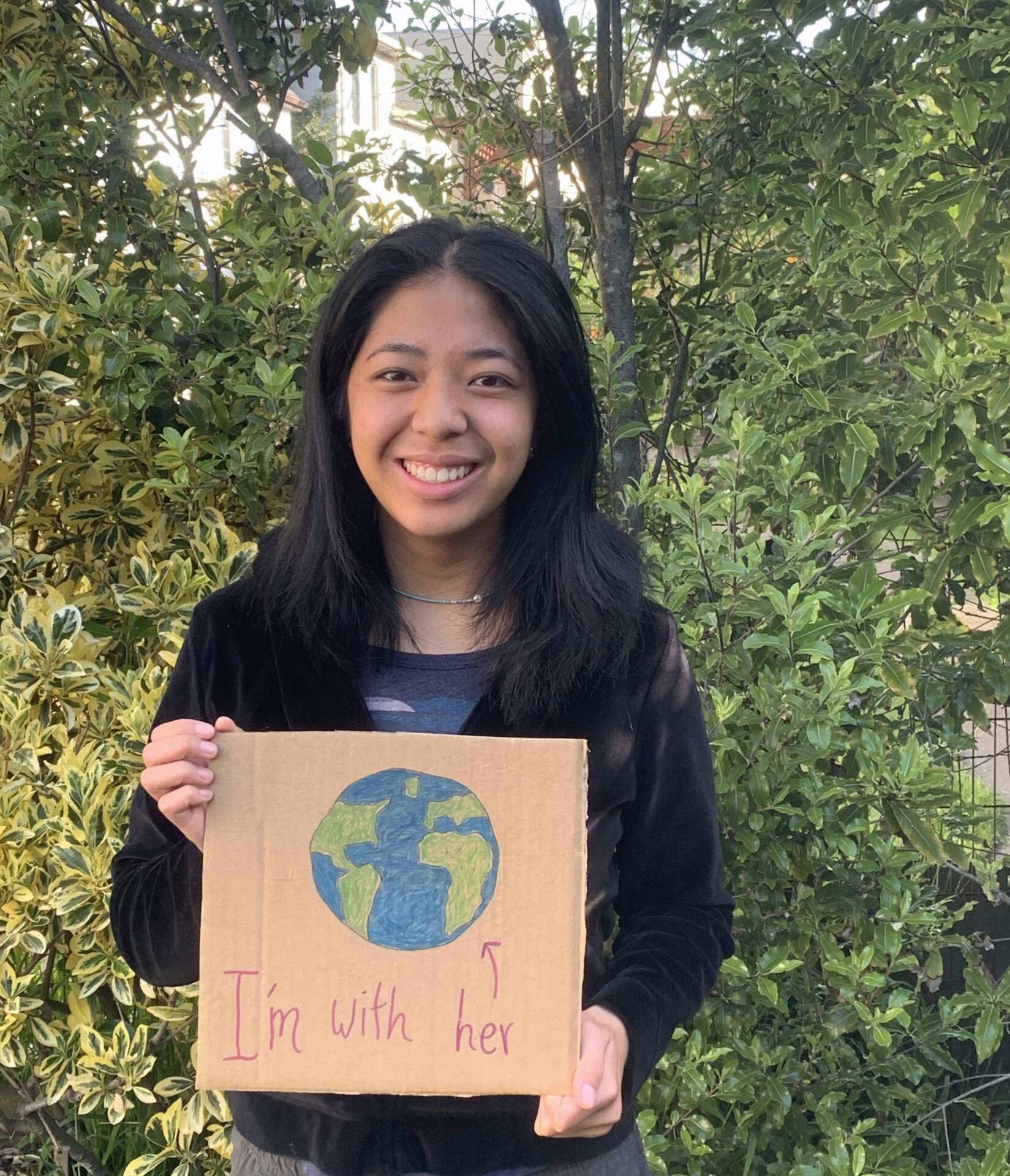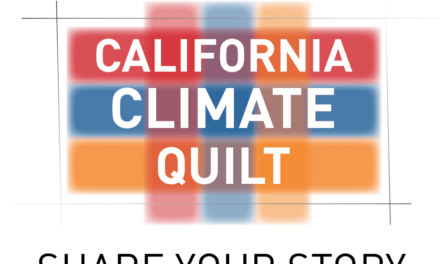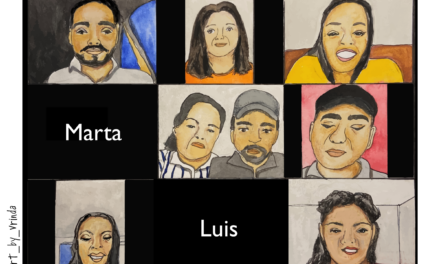Conversations With Two Bay Area Youth Climate Activists

Oona Clark, who came to Bay Area Youth Climate Summit after working with Sunrise Movement and providing voter education on the Green New Deal, knows how inaccessible activism can feel. “I didn’t know where to start, and I think that’s one of the biggest obstacles for youth activists,” says the 17-year-old. She encourages budding activists to look inwards. “Find your niche. Figure out what you’re good at, what you want to do. There’s going to be a way you can apply it.”
Through the Summit, Clark is working to break down the barriers that keep youth from joining the movement. “Not everybody has to be Greta Thunberg. If you can only devote one hour a week that’s fine. There’s so many people behind each power activist—and you can be one of those people,” she says.
For Clark, the importance of intersectionality in the climate movement is always top of mind. “I view the climate crisis as very important and that’s what I want to be directly involved in. But all these systemic issues like racism and sexism are connected, so wherever you are, whatever your passion is, it’s all important right now.”
After originally discovering the event on Instagram, Natalie Tam helped plan last year’s youth climate summit. While she may have connected online, Tam’s motivation to fight for the planet comes from her offline experiences. “I love to go to Ocean Beach and look at the water and the Marin Headlands, and think about how beautiful our planet is, and the fact that we only have one home.”
As a youth activist, Tam feels heard and supported within her school by teachers and administrators, but has observed that many adults resist change because they find it uncomfortable.
She has learned that the best way to encourage people to adopt more sustainable lifestyles is to make alternatives approachable. “A lot of people think it’s out of their control, like I’m just one person and I don’t matter. But really there is so much power in individual change, and you can use your actions—from what companies you support and what food you buy—to create another world.”
First published in RARA Review, April 2021.
Other Recent Posts
Gleaning in the Giving Season
The practice of collecting food left behind in fields after the harvest is good for the environment and gives more people access to produce.
New Study Teases Out Seawall Impacts
New models suggest that sea walls and levees provide protection against flooding and rising seas with little effect on surrounding areas.
Oakland High Schoolers Sample Local Kayaking
The Oakland Goes Outdoors program gives low-income students a chance to kayak, hike, and camp.
Growing Better Tomatoes with Less Water
UC Santa Cruz researchers find the highly-desired ‘Early Girl’ variety yields more tomatoes under dry-farmed conditions.
Santa Clara Helps Homeless Out of Harm’s Way
A year after adopting a controversial camping ban, Valley Water is trying to move unsheltered people out of the cold and rain.
The Race Against Runoff
San Francisco redesigns drains, parks, permeable pavements and buildings to keep stormwater out of the Bay and build flood resilience.
Learning the Art of Burning to Prevent Wildfire
In Santa Rosa’s Pepperwood Preserve, volunteers are learning how controlled fires can clear out natural wildfire fuel before it can spark.
Martinez Residents Want More Than Apologies — They Want Protection
After a 2022 release of toxic dust and a February 2025 fire, people in the northeast Bay town are tired of waiting for safety improvements.









